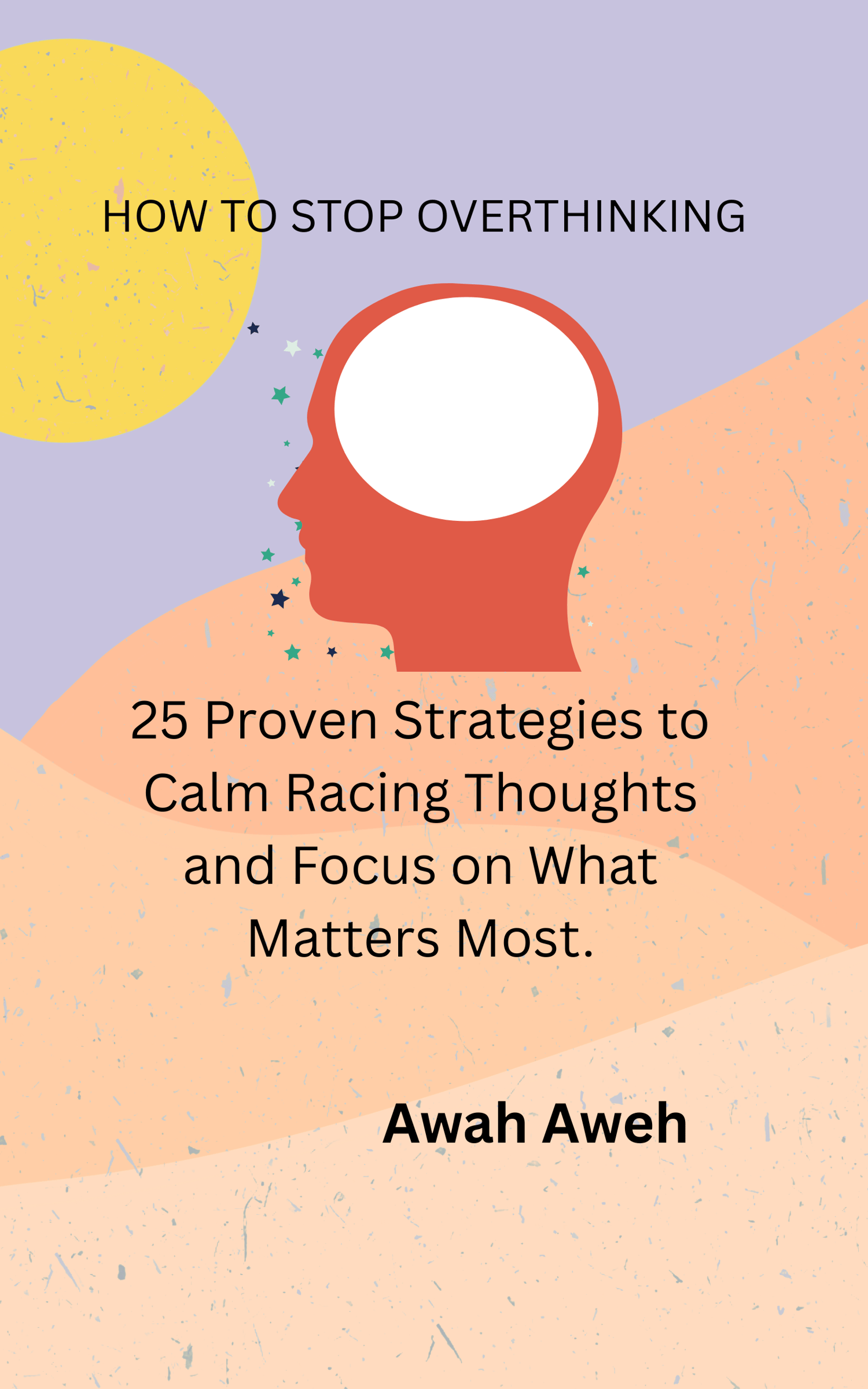Parenting is a big job. It’s beautiful. It’s hard. It can fill your heart one moment and leave you feeling tired the next. If you’re a mom or dad who wants to raise happy, kind, and confident kids—but also stay calm and present—this post is for you.
Let’s talk about a simple but powerful approach to parenting: mindful parenting.
Mindful parenting doesn’t mean being perfect. It means being aware, kind, and present—on purpose. You’ll still have tough days. But you’ll yell less, connect more, and feel better about your role as a parent.
Here’s how to do it, step-by-step.
Step 1: Start With Yourself (Do This Every Morning)
What to do:
Take 5 minutes every morning to center yourself. Before you check your phone or start breakfast, just sit and breathe.
How to do it:
- Find a quiet spot (even the bathroom will do).
- Close your eyes.
- Breathe in slowly for 4 seconds.
- Breathe out slowly for 6 seconds.
- Repeat for 5 minutes.
Why this matters:
Your energy sets the tone for your home. If you start your day calm, your kids will feel it too. You’ll be less likely to snap and more likely to respond with patience.
Step 2: Listen With Your Full Attention (Do This During Daily Routines)
What to do:
Put down distractions when your child is talking to you.
How to do it:
- When your child says, “Mom, Dad, look at this,” pause what you're doing.
- Turn your body toward them.
- Look into their eyes.
- Repeat what they said: “Oh, you drew a dog! That’s awesome!”
- Then respond from the heart.
When to do it:
- During breakfast
- After school
- Bedtime chats
Why this matters:
Kids want to feel seen and heard. When you listen deeply—even for 2 minutes—it fills their emotional tank. They misbehave less when they feel noticed.
Step 3: Respond, Don’t React (Do This When You Feel Triggered)
What to do:
Pause before reacting to something that upsets you.
How to do it:
- Feel yourself getting mad? Stop.
- Take one deep breath.
- Ask yourself, “What does my child need right now?”
- Then respond kindly but clearly.
Example:
Your child spills juice—again.
Don’t yell. Breathe. Then say, “Spills happen. Let’s clean it up together.”
Why this matters:
Reacting often leads to regret. Responding builds trust. You stay calm, and your child learns how to handle emotions too.
Step 4: Use Routines and Rituals (Do This Daily to Build Connection)
What to do:
Create simple rituals that bring joy and stability.
Ideas:
- Morning hugs
- After-school snack chats
- Reading one story every night
- A Saturday pancake breakfast
- A “gratitude moment” before bed
How to do it:
Pick one or two things. Keep it simple. Stick to it as much as possible.
Why this matters:
Kids thrive on consistency. Rituals help them feel safe and loved. Plus, it gives you special moments to connect—even on busy days.
Step 5: Teach Feelings, Not Just Rules (Do This During Conflicts)
What to do:
Help your child name their feelings instead of












.jpg)
.png)
.png)

No comments:
Post a Comment